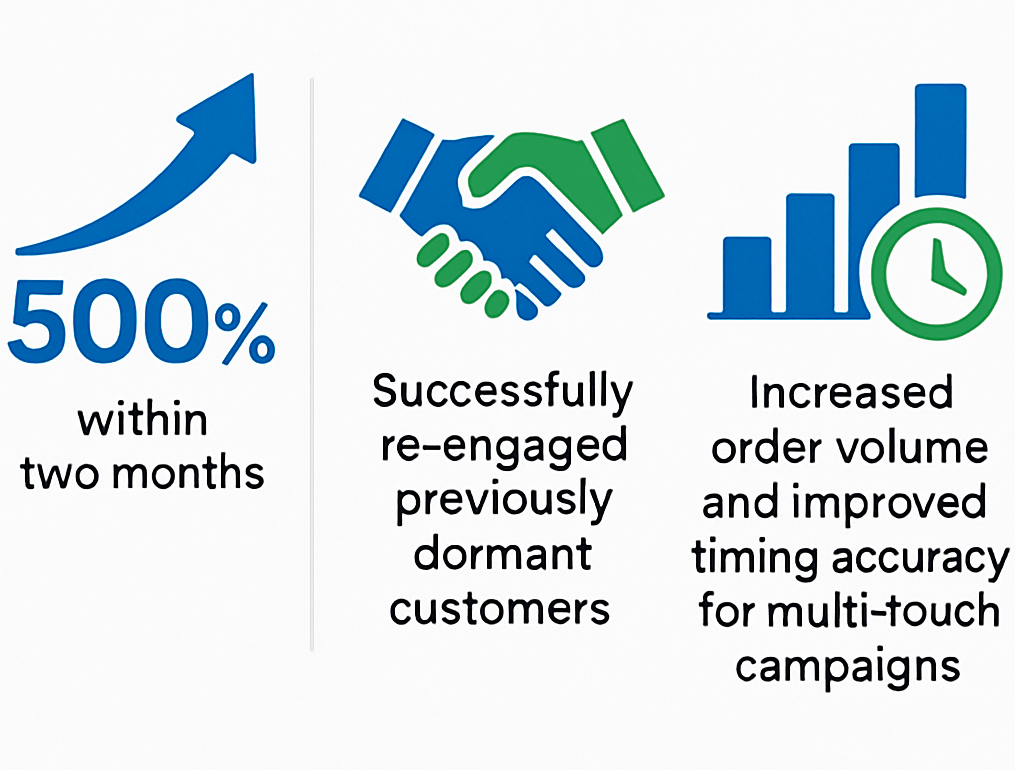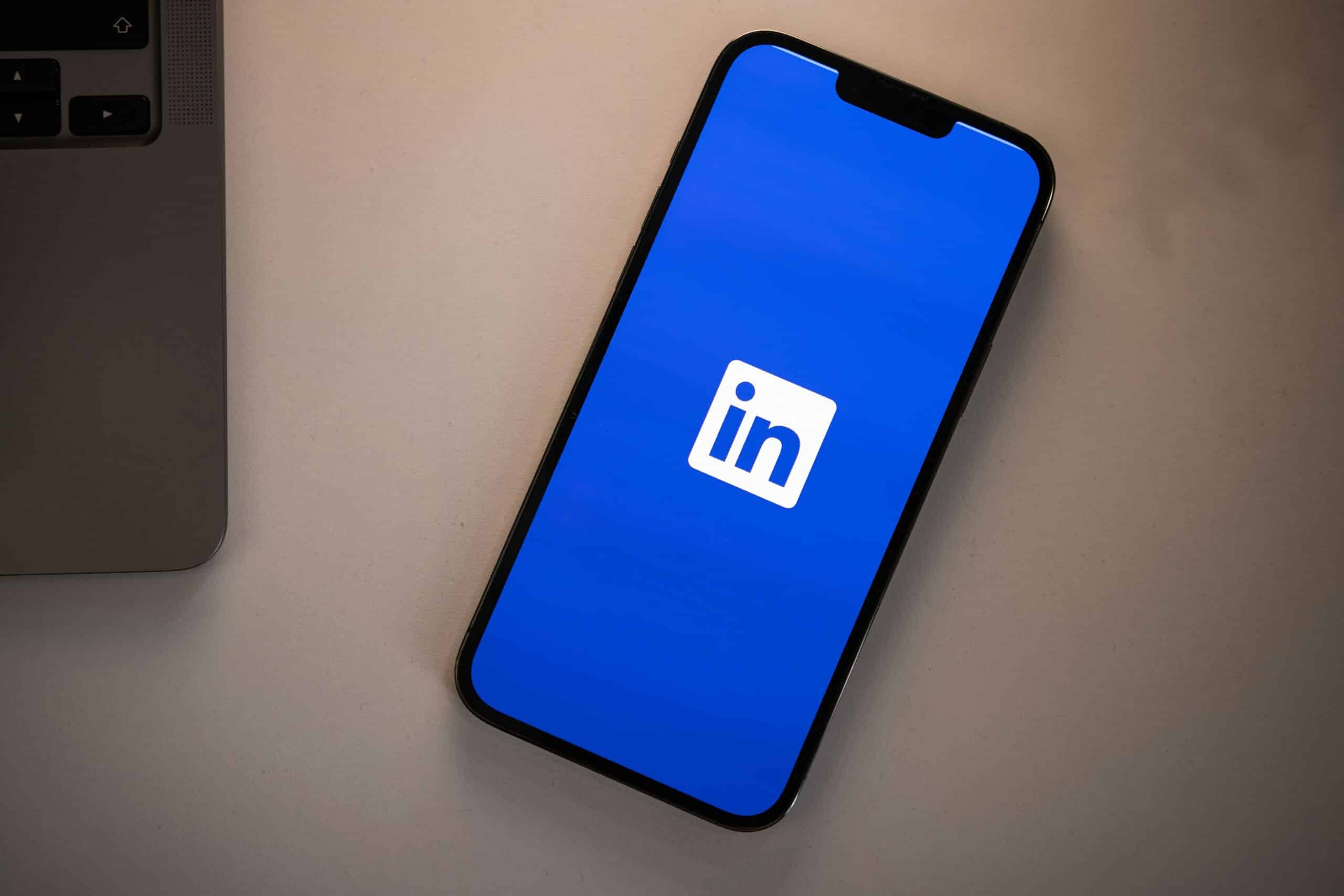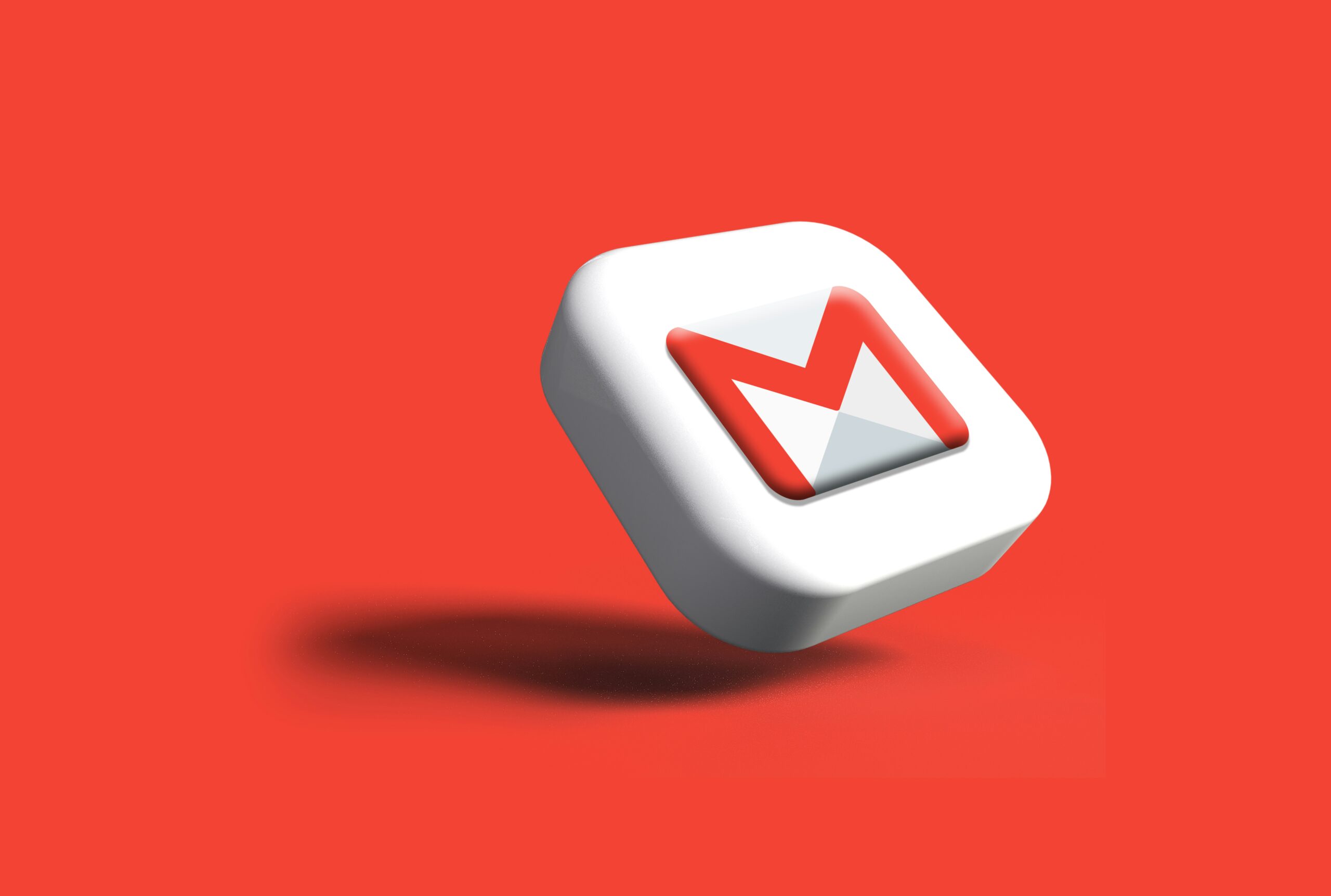
This shift doesn’t mean traditional marketing vs digital marketing is a battle where one must win. Instead, it’s a call for balance. Blending the credibility and personal touch of traditional outreach with the scalability, precision, and measurability of B2B digital marketing is what drives real, sustainable growth.
In this article, we’ll explore why traditional methods alone can’t deliver the results business 2 business companies need today, with practical examples, proven strategies, and real-world case studies that show how integration works.
Understanding Today’s B2B Companies Landscape
- Salesforce (CRM software) – a SaaS B2B company
- Alibaba – a B2B eCommerce company connecting manufacturers with buyers globally
- Siemens – a manufacturing leader serving industrial clients
- HubSpot – a marketing automation platform for B2B firms
Many manufacturing businesses are also adopting digital-first ecommerce models to streamline operations. Read our guide on ecommerce models for manufacturing businesses
These businesses operate in complex ecosystems. Sales cycles are longer, purchase decisions involve multiple stakeholders, and trust plays a critical role. The business to business commerce model is no longer confined to local or regional deals—today’s market is global, competitive, and fast-moving.
Why Traditional Marketing Alone Isn’t Enough: The Rise of Digital in B2B Marketing
The debate over traditional marketing vs digital marketing has been around for years. Traditional channels—print ads, trade shows, cold calling—still have value. They provide tangible experiences, brand visibility in niche sectors, and a sense of credibility.
But here’s the challenge:
- Limited reach: A trade show is only as big as its attendee list.
- No measurable ROI: It’s tough to track exactly how many qualified leads a billboard generated.
- Slower feedback loops: Campaign results take weeks or months to measure.
Digital, on the other hand, offers:
- Scalability beyond borders
- Audience targeting by job title, industry, company size, and behavior
- Real-time performance tracking
- Multi-touch attribution to understand which channels actually drive revenue
According to a recent LinkedIn B2B Institute study, B2B firms that combine traditional outreach with digital campaigns generate 2.5x higher lead quality than those relying solely on one method.
Why Digital Marketing is Crucial for B2B Firms Today

1. Targeted Reach and Personalization
In the past, reaching a niche audience meant buying ad space in a specific trade journal. Today, B2B online marketing can target decision-makers with laser precision using platforms like LinkedIn, Google Ads, or niche industry newsletters.
For example, B2B lead generation companies often use LinkedIn’s advanced filters to reach procurement managers in the manufacturing sector with company sizes over $50M. Email marketing tools personalize subject lines and content to resonate with each recipient—something traditional marketing could never do at scale.
2. Measurable Results
A major advantage of B2B digital marketing strategies is measurability. With the right tools, companies can track impressions, clicks, leads, and conversions in real time. This is critical for lead generation B2B companies, where every dollar spent needs to translate into pipeline growth.
Platforms like HubSpot, Google Analytics, and LinkedIn Campaign Manager provide dashboards that show exactly which campaigns are working—and which need optimization.
3. Real-Time Engagement & Nurturing
Today’s B2B firms often face buying cycles that last months. Digital channels like webinars, drip email campaigns, and remarketing ads keep prospects engaged throughout that cycle.
Take the example of a manufacturing firm that previously relied solely on trade shows. After pivoting to monthly webinars and automated follow-up sequences, they saw a 40% increase in qualified leads within six months—proof that B2B online marketing keeps relationships warm long after the initial touchpoint.
The Power of an Integrated Approach: Combining Traditional + Digital
Here’s the truth: it’s not about abandoning traditional marketing; it’s about amplifying it. Some of the most successful B2B companies are those that merge traditional and digital channels seamlessly, creating campaigns that maximize impact and measurable ROI.
Examples of Integrated Business-to-Business Marketing
- QR codes on printed brochures linking directly to a product demo landing page.
- Collecting leads at a trade show, then nurturing them through an automated B2B digital marketing sequence.
- Sending high-value prospects a direct mail kit followed by a personalized retargeting ad.
Case Study: Zogics Inc. – Re-engaging Dormant Customers
Company Overview:
A great example of integration of traditional and digital marketing approach is Zogics Inc., an ecommerce B2B company serving over 30,000 fitness facilities. They faced a challenge where many previously engaged customers had stopped purchasing from them. To address this, they combined direct mail postcards (traditional marketing) with HubSpot-driven workflows and personalized email sequences (digital marketing).
Integrated Marketing Strategy:
Traditional Marketing Tactics:
- 1. Large-format, personalized postcards sent to dormant customers
- 2. Physical postcards that stood out from digital clutter and built credibility
Digital Marketing Tactics:
- 1. HubSpot automation tracked customer behavior and triggered physical postcards to be sent.
- 2. Coordinated emails and CRM workflows kept engagement consistent.
- 3. Personalized follow-ups were sent based on customer actions.
Results: Within 2 months, Zogics achieved a 500% ROI, reactivated dormant customers, and increased overall order volume proving how a well-integrated strategy multiplies effectiveness.

Digitally Bugged’s Role in Modern B2B Marketing
At Digitally Bugged, we’ve worked with B2B eCommerce companies, SaaS B2B companies, and service-based B2B firms to help them bridge the traditional-digital gap.
Our process includes:
Auditing traditional efforts – identifying missed opportunities in print, events, and PR.
Mapping digital touchpoints – from social media to SEO to paid ads.
Running high-converting lead generation campaigns tailored to each client’s industry.
Leveraging data to fine-tune B2B digital marketing strategies for maximum ROI.
Whether you’re in manufacturing, technology, or professional services, our approach ensures your marketing is future-proof.
Learn more about our services to find the best solution for you!
Conclusion: Evolve or Stay Behind
Traditional marketing isn’t obsolete—but it’s incomplete without digital. In 2025, B2B companies that blend the credibility of face-to-face relationships with the reach of B2B online marketing will have the competitive edge.
If your strategy still leans heavily on trade shows, print ads, and cold calls, it’s time to evolve.







